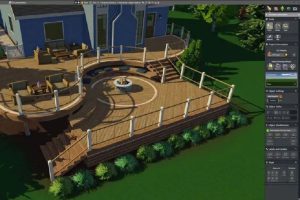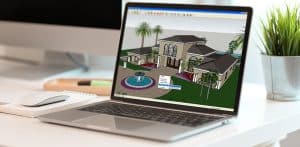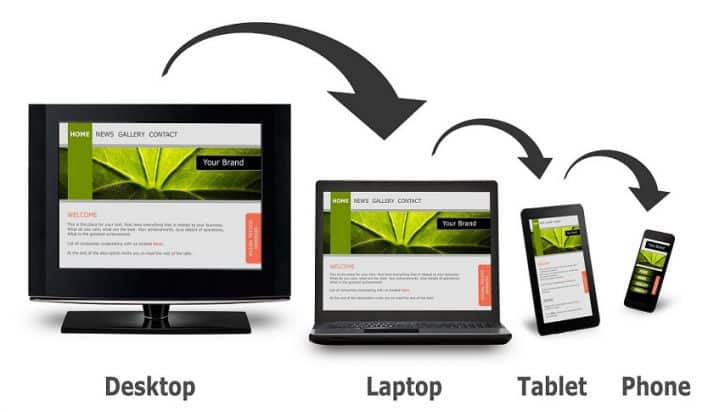Creating Stunning Landscapes: The Best Software for Landscape Design
Introduction
Creating magnificent landscapes necessitates a blend of creativity, technical abilities, and the correct equipment. Landscape designers and architects can use various software solutions to bring their thoughts to life in the digital age. Having the correct software at your disposal may make all the difference whether you’re a professional landscape designer or a hobbyist trying to enhance your backyard. In this post, we’ll look at some of the top landscape design software alternatives available, giving you the tools you need to create stunning outdoor landscapes.
1. SketchUp
Overview
SketchUp is a flexible and user-friendly 3D modeling software that has grown in popularity among landscape designers. It provides a plethora of options for quickly creating intricate landscape designs. SketchUp provides the tools you need to visualize your ideas in three dimensions, whether you want to design a garden, patio, or a full outdoor space.

Features
SketchUp’s interface is simple and easy to use, making it suitable for beginners. You can rapidly learn the fundamentals and begin building landscapes.
Extensive 3D Warehouse: The software includes a large 3D Warehouse collection with a variety of pre-built models such as trees, plants, outdoor furniture, and more. This feature reduces the amount of time and effort required to create objects from scratch.
SketchUp supports real-time collaboration, allowing different team members or clients to work on the same project at the same time.
Extensions and Plugins: With a thriving development community, SketchUp provides a variety of extensions and plugins to enhance its functionality and increase its possibilities.
2. AutoCAD
Overview
AutoCAD is a 2D and 3D drafting and design software that is widely used in the business. While it is well recognized for architectural design, it also excels in landscape design due to its extensive tool set and precise capabilities.

Features
Precision Drawing: AutoCAD supports precise drawing, which is necessary for elaborate landscape designs that require precise measurements and proportions.
Rich Symbol Library: The software has a large library of symbols and blocks for expressing different landscape features such as plants, trees, and outdoor facilities.
AutoCAD provides a great level of customisation, allowing designers to construct their own blocks, styles, and templates for a customized workflow.
AutoCAD supports a variety of file formats, allowing for simple collaboration with other design software and professionals.
3. Lumion
Overview
Lumion is a powerful rendering software that creates amazing renderings of outside settings to aid in the landscape design process. It’s popular among landscape architects because of its ability to transform 3D models into attractive, lifelike representations.

Features
Realistic Renders: Lumion specializes in creating high-quality, realistic renders that highlight landscape designs in all their grandeur. Its sophisticated lighting and texturing tools make creations come to life.
Vast Material Library: The software has a large library of materials, such as plants, terrain surfaces, water effects, and other elements, allowing designers to build immersive and lifelike settings.
Lumion interacts easily with numerous 3D modeling software, making it simple to import and bring your landscape models to life. https://livein.solutions/
360-Degree Panoramas and VR Support: Lumion provides an interactive method to view landscapes by allowing you to build 360-degree panoramas and support for virtual reality.
4. Land F/X
Overview
Land F/X is specialist landscape design software for planting and watering. It’s an extremely useful tool for experts who need to develop complex and exact landscape plans.
Features
Plant Database: Land F/X has a large plant database that allows designers to select from a variety of plants and trees ideal for their designs.
Irrigation Tools: The software includes powerful irrigation design tools that allow for the precise placement of sprinklers and drip lines to ensure optimum water distribution.
Estimation of Plant and Material amount and Cost: Land F/X provides tools to estimate the amount and cost of plants and materials required for a project, enabling budgeting and planning.
Land F/X smoothly connects with AutoCAD, expanding its capabilities and maximizing the power of both products.
Conclusion
Choosing the appropriate landscape design software can have a big impact on the quality and efficiency of your projects. The tools described in this article—SketchUp, AutoCAD, Lumion, and Land F/X—each has its own set of capabilities suited to specific parts of landscape design. There is a software solution to meet your needs, whether you are interested in 3D modeling, precision drafting, realistic rendering, or specialist planting and irrigation design.
Finally, the ideal software for you will be determined by your individual needs, budget, and level of knowledge. Before making a final decision, look at trial versions and tutorials to obtain a sense of each software’s capabilities. You may unleash your creative potential and create breathtaking landscapes by incorporating the correct software into your workflow. Have fun designing! https://diversewebsitedesign.com.au/






